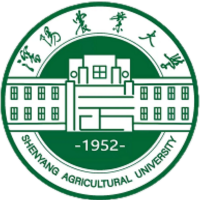分享到
Transcriptional identification of differentially expressed genes during the prepupal–pupal transition in the oriental armyworm, Mythimna separata (Walker) (Lepidoptera: Noctuidae)
2021
期刊
Bulletin of Entomological Research
- 卷 111
- 期 4
- 页码 485-498
- Cambridge University Press (CUP)
- ISSN: 0007-4853
- DOI: 10.1017/s0007485321000171



